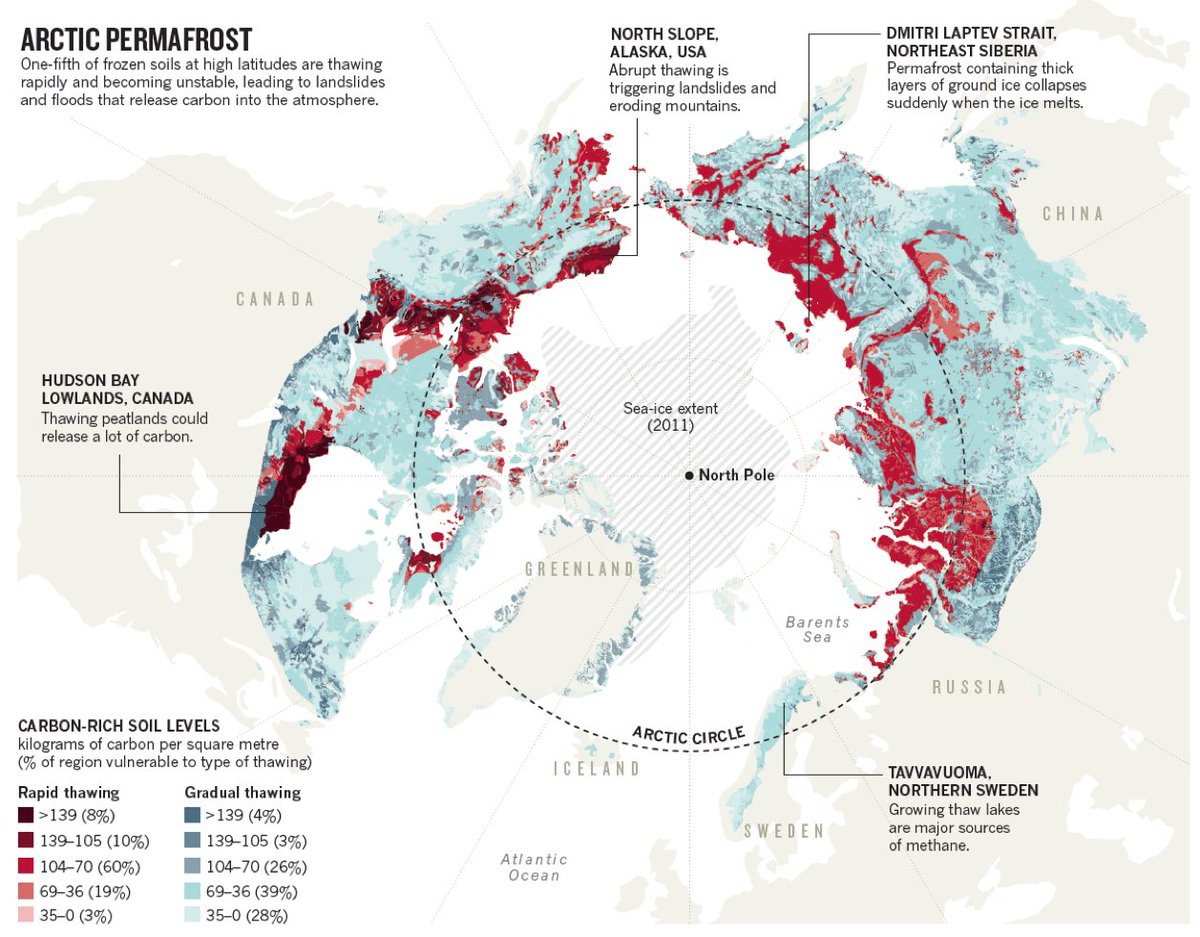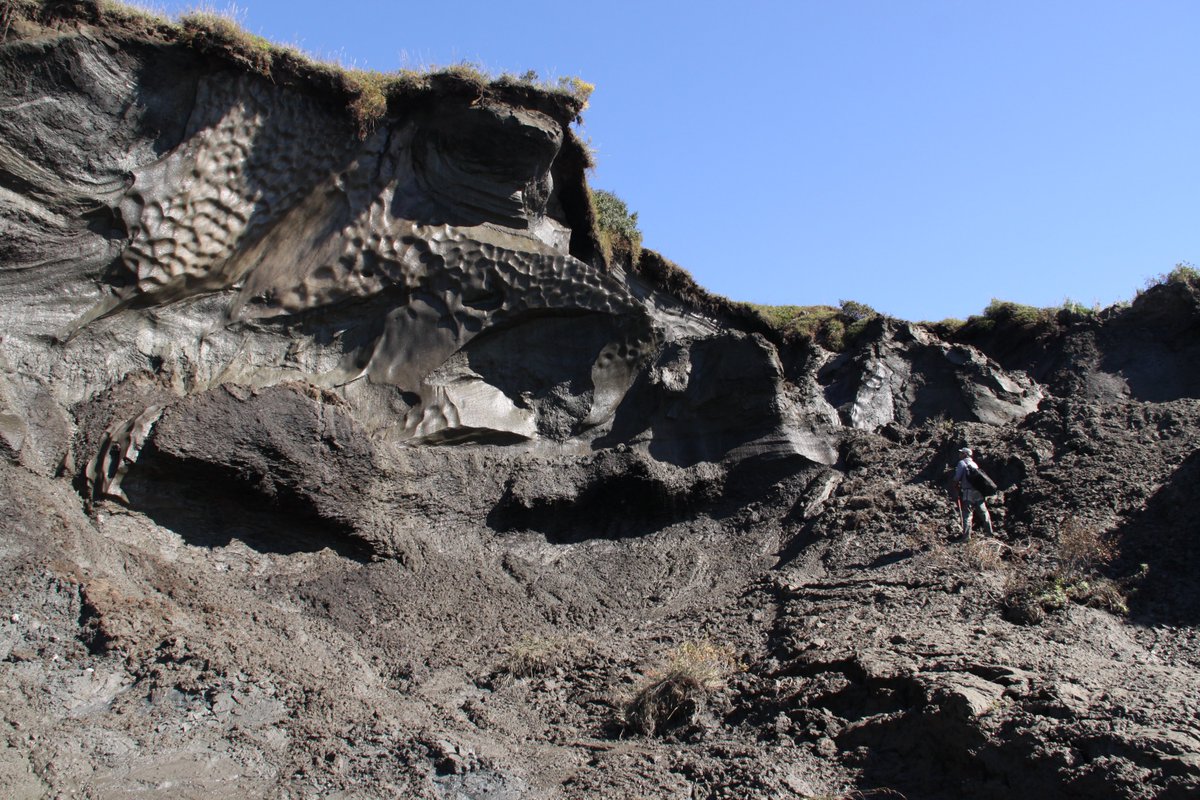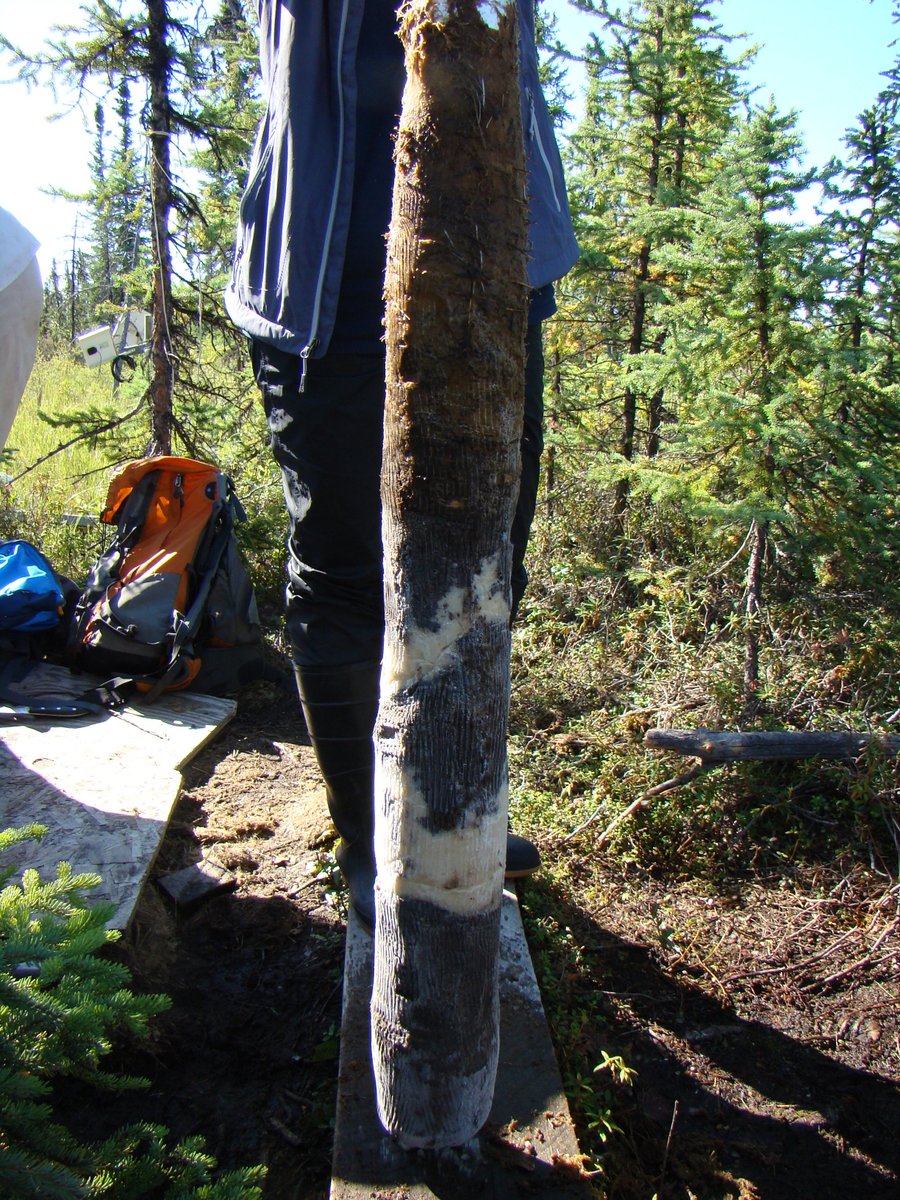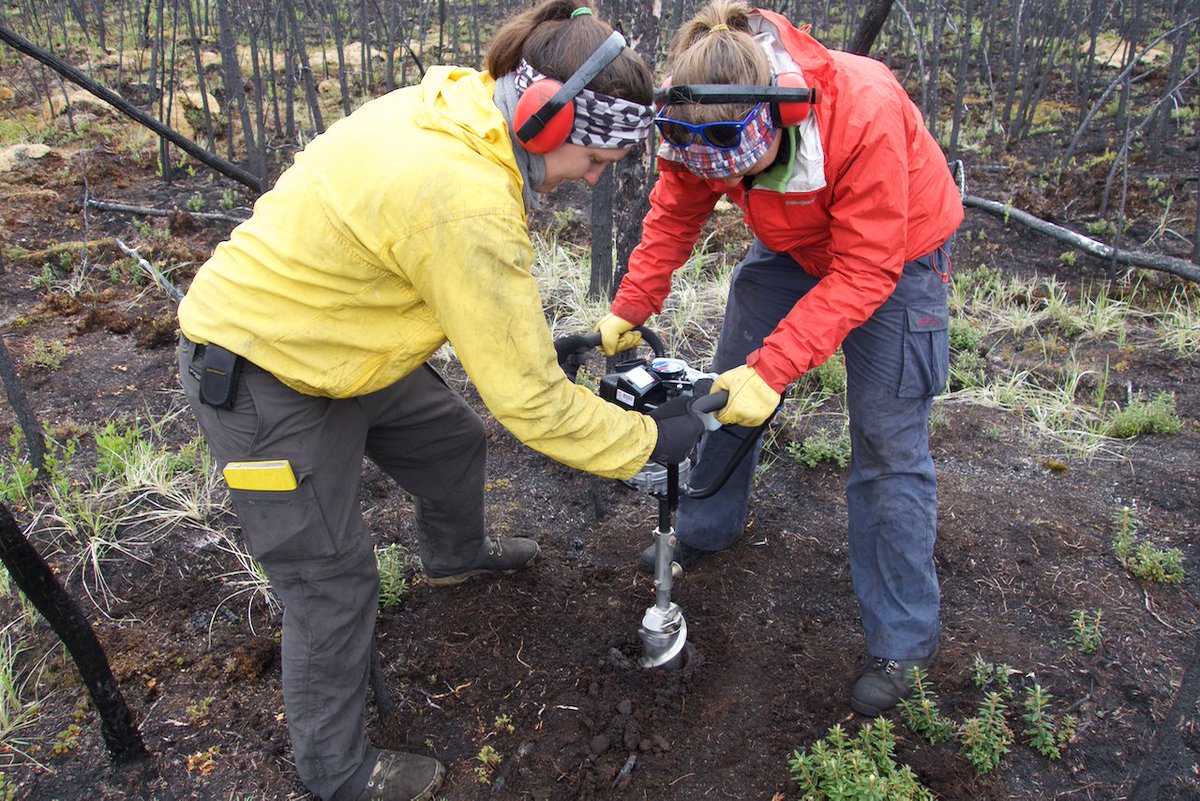
Permafrost stores >2x as much as carbon as is in the atmosphere. The most carbon-rich permafrost is associated with ground ice, yet climate models don't account for ice-rich permafrost thaw (Turetsky et al. @Nature 2019). This WICKED problem underestimates Arctic emissions. 1/ 

In my @CUBoulder lecture today I outlined a trifecta of uncertainties related to permafrost & carbon.
1) We know plants and new biomass will offset some permafrost soil carbon losses with thaw, but how much? And will that "green carbon" last in the face of 🔥🔥👇 2/
1) We know plants and new biomass will offset some permafrost soil carbon losses with thaw, but how much? And will that "green carbon" last in the face of 🔥🔥👇 2/

#2 wicked uncertainty. How can climate models include abrupt permafrost thaw that leads to massive erosion, landslides, and subsidence? These are incredible state changes that affect meters and meters of soil carbon, yet are currently ignored by climate models. 3/ 



Final uncertainty & perhaps the elephant in the room. How much permafrost carbon will be released as methane? In our first-ever model simulations of different types of abrupt thaw, we observed high proportions of methane release and these methane fluxes increased over time. 4/ 

• • •
Missing some Tweet in this thread? You can try to
force a refresh














